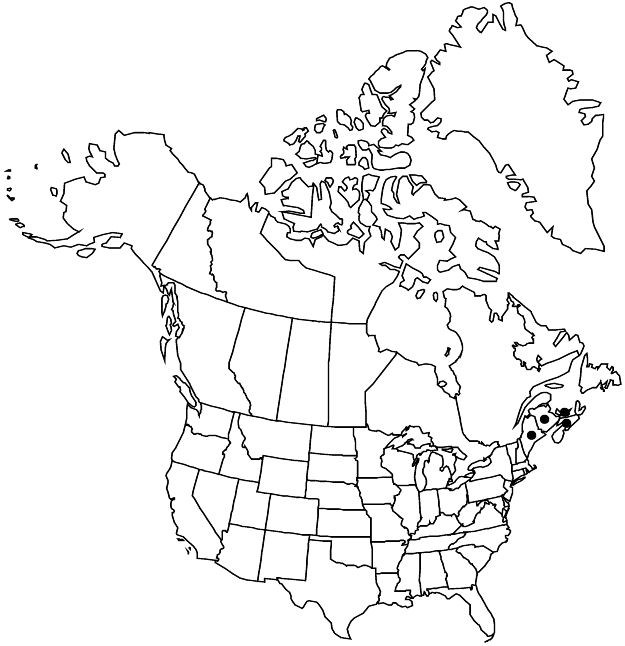Difference between revisions of "Crataegus jonesiae"
Bot. Gaz. 31: 14. 1901.
FNA>Volume Importer |
imported>Volume Importer |
||
| (3 intermediate revisions by 2 users not shown) | |||
| Line 42: | Line 42: | ||
-->{{#Taxon: | -->{{#Taxon: | ||
name=Crataegus jonesiae | name=Crataegus jonesiae | ||
| − | |||
|authority=Sargent | |authority=Sargent | ||
|rank=species | |rank=species | ||
| Line 57: | Line 56: | ||
|publication year=1901 | |publication year=1901 | ||
|special status=Conservation concern;Endemic | |special status=Conservation concern;Endemic | ||
| − | |source xml=https:// | + | |source xml=https://bitbucket.org/aafc-mbb/fna-data-curation/src/2e0870ddd59836b60bcf96646a41e87ea5a5943a/coarse_grained_fna_xml/V9/V9_922.xml |
|subfamily=Rosaceae subfam. Amygdaloideae | |subfamily=Rosaceae subfam. Amygdaloideae | ||
|tribe=Rosaceae tribe Gillenieae | |tribe=Rosaceae tribe Gillenieae | ||
Latest revision as of 23:00, 5 November 2020
Shrubs or trees, 60–70 dm. Stems: twigs: new growth ± densely appressed-pubescent, 1-year old pale tan, 2-years old olive gray, older gray; thorns on twigs: frequency not recorded, straight to recurved, 1-year old chestnut brown, 2-years old shiny dark brown or black, slender to stout, 3–6 cm. Leaves: petiole 1.5–3.5 cm, length 35–50% blade, pubescent, eglandular; blade broadly ovate to broadly rhombic-elliptic or nearly circular, 4–7(–8) cm, length/width = 1–1.5, base tapered, wedge-shaped to subtruncate, lobes (4 or)5–9 per side, obscure, lobe apex usually acute, margins doubly serrate, veins 5–10 per side, apex acute, abaxial surface densely appressed-pubescent on veins, adaxial appressed-pubescent young, sparsely pubescent or glabrescent later. Inflorescences 8–15(–20)-flowered, lax; branches with antrorse pubescence; bracteoles membranous, margins glandular. Flowers 18–23 mm diam.; hypanthium densely pubescent; sepals 6–8 mm, margins ± entire, abaxially pubescent; stamens 10, anthers pink; styles 2 or 3(or 4). Pomes bright red, oblong or obovoid, 10–15 mm diam., pubescent, glabrescent; sepals erect-patent; pyrenes 2 or 3(or 4).
Phenology: Flowering Jun; fruiting Sep–Oct.
Habitat: Woodland glades, stream borders, rocky banks
Elevation: 10–200 m
Distribution

N.B., N.S., P.E.I., Maine.
Discussion
Of conservation concern.
Reports of Crataegus jonesiae from Quebec have not been substantiated; vegetatively similar plants from Matapédia and Matane counties have shallowly, laterally scarred pyrenes; sepals are gland-margined and are barely denticulate.
Crataegus jonesiae is usually placed in ser. Anomalae. However, it is a particularly distinct species that has smooth pyrenes and other similarities to C. punctata, and the possibility of a hybrid origin should be considered; its leaves range from nearly entire, prototypically punctate, to sharply lobed as in C. chrysocarpa.
Selected References
None.